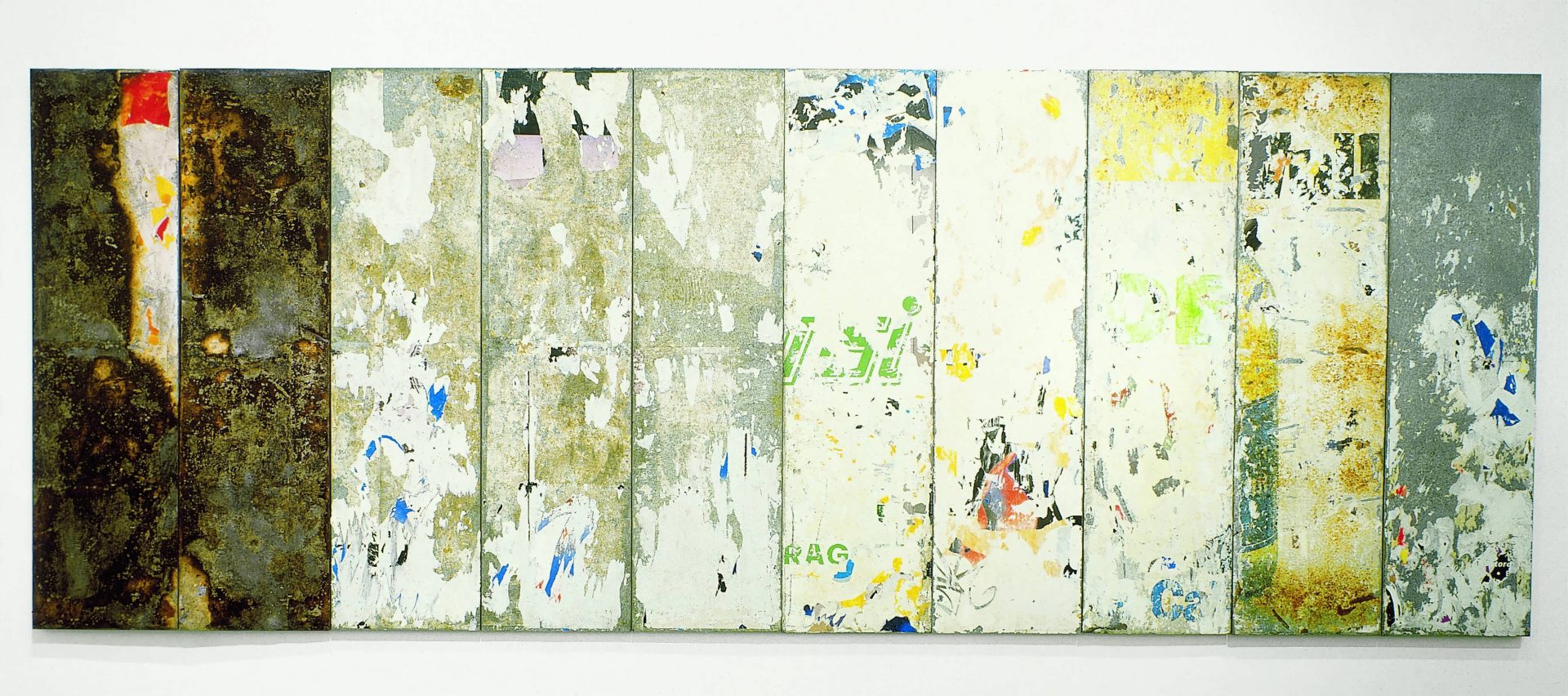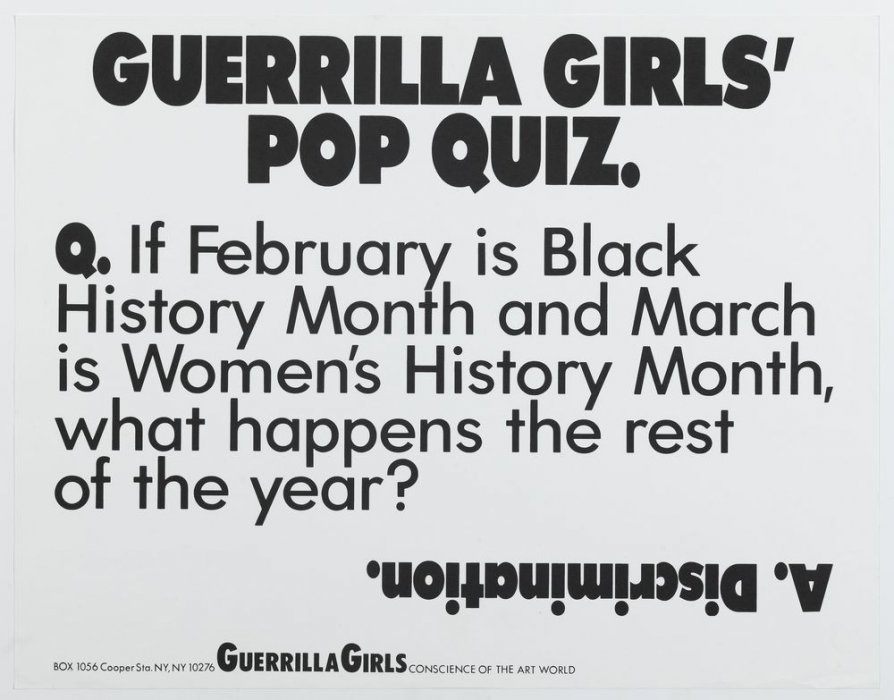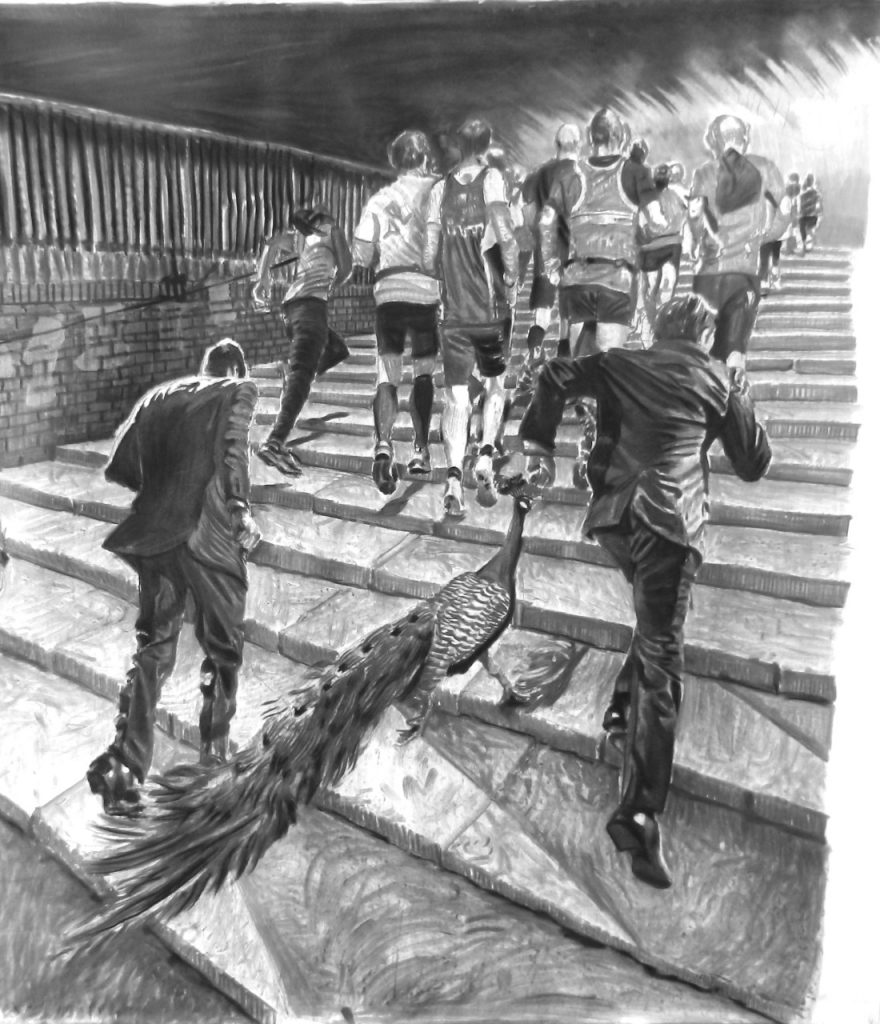Obra

Autor
Tàpies, Antoni
Any
1992
Tècnica
Materiales diversos
Any d'adquisició
1998
Object type
Instalación
Dimensions
Medidas diversas
Rinzen – a Japanese word meaning a ‘sudden awakening’ – is one of Antoni Tàpies’ most significant works. It was conceived for the Spanish Pavilion at the 45th Venice Biennale in 1993, where it was awarded the Golden Lion. Six years later, in 1998, Tàpies installed the work permanently at MACBA. Hampered by space restrictions, the artist was unable to exhibit all the elements of the work at the Biennale, something that was redressed when it was installed at MACBA.
Located at the entry to the Museum, on a monumental wall, the work unites the different floors like a structure. Tàpies himself adapted it to MACBA’s spatial conditions. It is an installation that combines humble and poor objects with pictorial and sculptural elements. In the foyer of the Museum and at the level of the first floor, a large white metal hospital bed is fixed to the wall in a vertical position. Five spring bed bases made with found wood, woollen blankets and pillows hang precariously from the bed. Painted on the wall are the numbers 1, 2 and 3. And on the building’s glass façade, crosses and the title of the work are painted with large characters. A series of elements establish a dialogue with a painting placed directly in front: Dissabte (Saturday). This is a matter quadriptych, of an almost monochrome, earthy colour, with crosses at the edges and the words dissabte and sàbat (Sabbath) blurred at the bottom. The rest of the work consists of a group of ten iron chairs painted in white and situated in a row on the outdoor terrace of the Museum. They are linked by a black metal structure and have several crosses, one of the symbols most frequently used by the artist. Completing the work, a lonely chair situated in front of a drawing suggests a pair of spectacles, a symbol of vision and contemplation.
The symbology of the work is complex. When it was presented in Venice in 1993, the neighbouring country of Bosnia was at war. Symbolising instability and fragility, the presence of a hospital bed and spring bases were a clear reminder of the war. But the work is also influenced by a childhood memory that deeply affected the artist. In 1929, in a fairground stall, a woman lying on a bed would be thrown off every time someone hit the target with an airgun. The work’s message is not only against the brutality of war, ‘it has other intentions, such as seeking concentration to arrive at a deeper understanding of reality’. Rinzen is a complex work that invites us to meditation and inner vision.




